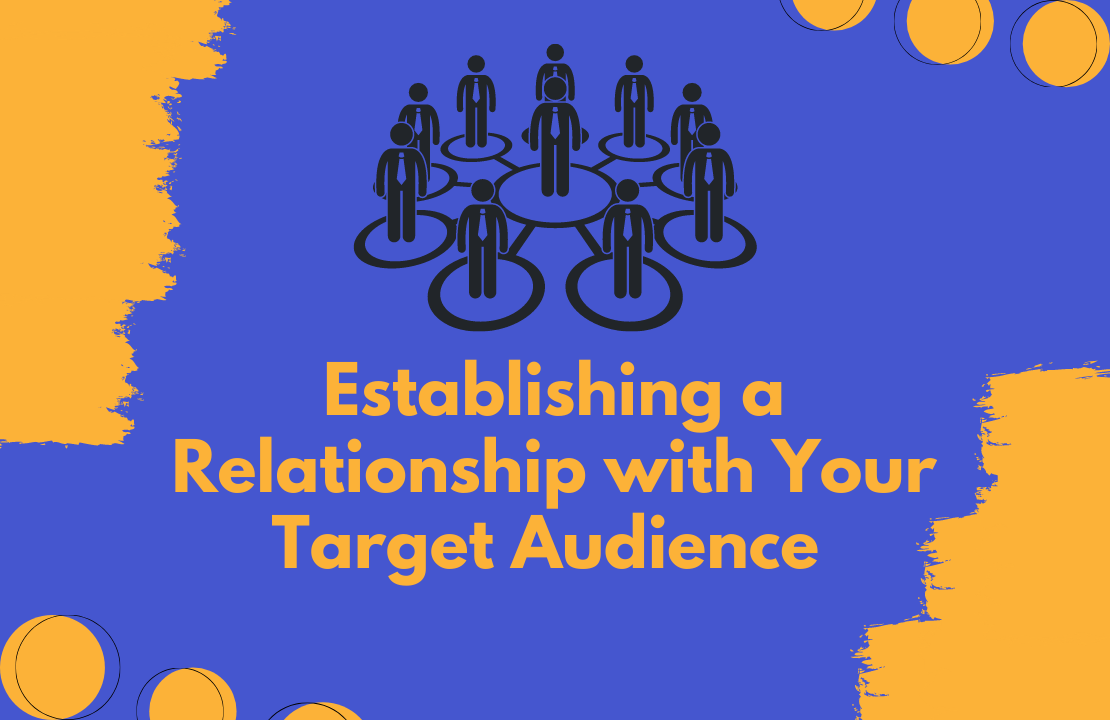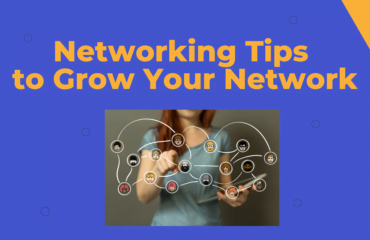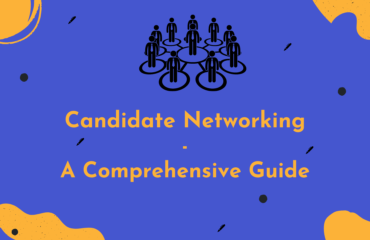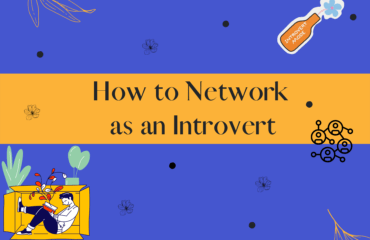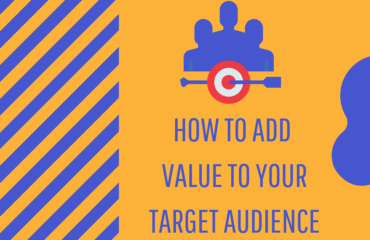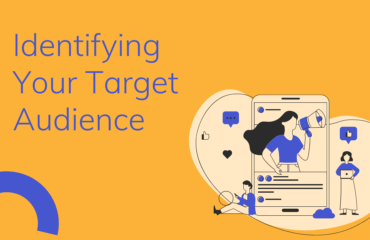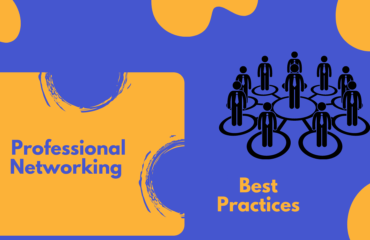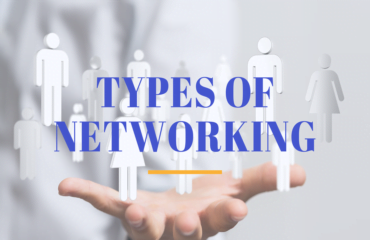Table of Contents
Professional networking is a key part of your job search. While it is easy to reach out to people and convey your requests, maintaining relationships with them can be challenging, time-consuming, and effort-intensive. In this article, we will guide you on what professional relationships look like and how to develop and maintain them.
How to build relationships
Imagine you receive two messages from two entry-level candidates looking to work in your domain. The first one drops you a message saying-
“Hi,
My name is Ben. I am looking to work in the finance department of your company. Could you please have a look at my profile and let me know if there is a relevant opportunity?
Thanks,
Ben”
The other one sends you a connection request with the following message:
“Hi Rod,
My name is Mary, and I am currently working as a Finance Assistant. I find your work and your profile interesting and intriguing and would love an opportunity to work with you.
I would like to connect with you and discuss your work further.
Thanks,
Mary”
Which one do you think would create a better impression on you? Yes, we feel the same! The second one is more personal and customized. Even when the person doesn’t know you, they have focused on creating a relationship with you from the first instance. So, when an opportunity arises, the chances of you remembering the second person would be higher than the first one.
Furthermore, even if you are not able to allow them to work in your team, you can serve as a mentor to them and guide them in the future. While the message from the first sender is not incorrect or inappropriate, it can definitely be improved. Now, let’s see some benefits of maintaining these relationships with professionals below:
- Finding opportunities based on your interests and personal brand
- Obtaining career advice from seasoned professionals
- Opportunity to get a high-quality referral
- Access to high-quality content
- Opportunity to find clients for your business
Now let’s have a look at some efficient ways of establishing and maintaining relationships with your target audience.
1) Determining the most relevant type of audience
Establishing and maintaining relationships can be cumbersome if you don’t follow the right process. Thus, it is essential to identify the most relevant people to target. This will optimize your time and effort, enhancing your chances of gaining back from these relationships. Building relationships with people not directly related to your target company, domain, areas of interest, or industry will only burden your professional networking activity. Here are some resources that can help you.
A) LinkedIn search– Use the most relevant filters based on industry, domain, target company, and location to identify professionals on LinkedIn.
B) Sales Navigator– Sales navigator is a more advanced tool that you can use to filter out professionals based on your targets.
C) Alternative networking platforms– Apart from LinkedIn, look for other networking platforms and apps and use them to identify the right people. For example:
D) Offline events– Attending offline events is another good way to identify the right audience for networking. It will give you a chance to meet professionals with diverse backgrounds and identify the most relevant ones.
2) Leveraging your personal brand
“Your brand is what people say about you when you’re not in the room”- Jeff Bezos. It can play a huge role in building and maintaining relationships. A personal brand establishes credibility that allows your target audience to believe in your work, experience, and expertise. Additionally, more than 70% of employers use social media to identify and vet candidates. Thus, whether your target audience is a recruiter, hiring manager, or a professional working with your employers of choice, your personal brand can take you a long way.
Here are some tips for creating a convincing brand:
A) Creating content
Creating content regularly is one of the most constructive ways of developing your personal brand. The key to creating impressive content is being consistent and efficient. Once established, your personal brand helps you make a strong first impression on your target audience. This way, you can lead with your experience and expertise, demonstrating you as a thought leader.
We suggest the following steps to create content efficiently:
- Identify your topics of interest based on your experience. You can also check out the content posted by others in your domain to understand the type of content appreciated by viewers.
- Develop a content strategy including what and when to publish. This means having a clear idea of your topics, how often you want to publish, and what type of content it would be – an article, post, infographic, or video. You can use an excel sheet to record all the details for convenience.
- Keep a check on the analytics to make sure you are giving the audience what they want to see, read or view.
B) Engaging with others’ content
Another important factor that helps you create a strong personal brand is your engagement in others’ posts. By engaging with diverse content, you are putting yourself out there and making people aware of your brand and expertise. This also results in higher engagement in your content. Some recommended steps are:
- Identify professionals who create relevant content from your industry and domain.
- Follow their posts and engage with them regularly. Meanwhile, add them to your network and let them know your interest and appreciation for their content.
- Bookmark their profiles and monitor the time they post so that you can engage as soon as their content is posted. Make sure your comments are applicable and genuine.
C) Developing a social media profile aligned with your brand
Creating a profile aligned with your brand also helps the target audience to remember you. Your professional social media profile, such as LinkedIn, should reflect your expertise. If you have a personal website, choose similar colors and designs for your profile picture and cover image to reflect similarity. Add a cover image reflecting what you do. For example, if you are a resume writer, you could add a picture of a resume with some information on how you help people. If you have profiles on multiple platforms, make sure all of them are aligned with each other.
3) Interacting with your target audience
Once you have identified the most important people, you need to figure out ways to initiate and regulate conversations. If a professional is part of your current network, you can re/start a conversation with them. If they are new, you should begin by adding them. Let’s see each scenario in detail below:
A) Professionals already added to your network
These are people who are already added to your social media accounts. They can be your ex-colleagues, classmates, or acquaintances. Before sending them a message, go through their profiles and online presence to gain an understanding of their recent works or activities. Then, craft a personalized message for them. You can refer to the template below:
Hi <First name>,
It’s been a long time since we last spoke. Hope you and your family are keeping well. I saw your recent post on <add topic> and found it interesting and insightful.
I would love to catch up with you sometime to discuss how things are at our respective ends. Let’s find a time and spot convenient for both of us if you agree.
Looking forward to hearing from you.
Thanks,
<Your name>
B) New professionals
You can meet new professionals either online or offline at events or conferences.
i) Meeting new professionals online
If you identify new professionals online on platforms like LinkedIn, we suggest having a look at their profile and sending them a connection request with a personalized message. For example,
Hi <First Name>,
My name is <your name>, and I came across your profile on LinkedIn. I noticed your valuable contribution to <add content>. I have also worked in this domain earlier and would love to connect with you and learn more about your work.
Thanks,
<Your name>
Once the person has accepted your request, in many cases, they will respond to your message. You can get your conversation going from there. However, if they don’t reply to your message, you can send another polite, uncoerced reminder like:
Hi <First Name>,
Thank you for accepting my connection request.
I am a <current position> working with <current company>. Your experience looks diverse and very interesting. In my current (OR previous) role, I have worked on similar aspects. I would love to discuss more your work in a face-to-face meeting if that’s okay with you.
We can find a time and spot convenient for both of us if you agree.
Looking forward to hearing from you.
Thanks,
<Your name>
ii) Meeting new professionals offline
If you meet a new professional at an offline event, we suggest keeping the following things in mind:
a) Be prepared with your networking pitch
A networking pitch is crucial for an offline event to create a strong impression on your target audience. Thus, before going to an event, we suggest writing down your pitch, covering all essential aspects of your experience, expertise, and hard and soft skills. Highlight your achievements and the benefits you can provide in line with the target employer’s interest. Some tips to remember are:
- Keep it short and catchy
- Convey your story but don’t make it sales-y
- Be confident
- Practice beforehand
- Listen to yourself speak and see how you can make it better
- Seek feedback from people you trust
b) Dress professionally
Make sure you dress appropriately. We don’t suggest donning formal attire at every event but assess the event and type of audience in advance, and dress accordingly. If you are unsure of what you should wear, opt for a semi-casual dressing.
c) Carry your business cards
Your business cards will come in handy at such events. Make sure to carry a couple of them so you can give one to people who ask or seem interested in your profile. This will increase the chances of professionals remembering you and reaching out after the event.
4) Adding value to your connections
Relationships are a two-way street. As a professional looking for help, you should also be open to helping others, irrespective of their contribution to your job search strategy. If you are looking to approach them, think about how you can add value to them in advance. This creates a positive impression and motivates the other party to support you in any way possible. In the long run, this helps them remember you, increasing your chances of being introduced to a relevant opportunity that comes their way. In this section, we will introduce some ways of adding value to your target audience.
A) Engaging with their content
If your target audience creates content, engaging with it can be a great way to help them back. If you initiate your conversations after engaging with their content, it will make an even better impression on them. This will allow them to see your interests, enthusiasm, and knowledge about the subject matter, increasing your chances of getting a favorable response. We strongly recommend liking and commenting on their content regularly to ensure visibility.
B) Curating their content
Apart from liking and commenting on your target audience’s content, you can also share it with an opinion or some relevant information from your end. Additionally, you can tag the person and let them know your views. Again, this will enhance the reach of their content, positively impacting your image. Tagging them will also provide an opportunity to have a conversation and exchange ideas.
C) Connect them with relevant people
Another way of helping professionals is by connecting them with relevant people from your network. After your initial conversation with them, you can directly check if they are looking to connect with some specific people and if you can connect them with someone relevant. If they are a recruiter or a headhunter, you can also link them up with prospects from your network.
D) Support them with your expertise
You can also support your target audience by leveraging your expertise. Let them know about your experience and knowledge and check if it can be of any use to them. You can offer your products and services or advise them on relevant aspects aligned with your talent. We suggest reaching out to them after your conversation, thanking them for speaking with you, and checking if you can support them with your expertise in any manner.
Some tips for creating long-lasting relationships
- Focus on your long-term goals of maintaining relationships
- Optimize both online and offline networking channels to create relationships
- Make sure to be on time for all your online and offline meetings
- Dress appropriately for all your meetings to make a good impression
- Be professional while reaching out to your target audience
- When interacting online, give your target audience their space without spamming their inboxes
While maintaining relationships is tedious, it can fetch you a great deal of value. Thus, we strongly recommend focusing on developing relationships in the long run. If you need any support with your networking strategy and job search, reach out to us. We will be more than happy to help you.
References
2) CareerHigher, 2021. How to Create Engaging Content on LinkedIn. Available at: https://www.careerhigher.co/career-advice/how-to-create-engaging-content-on-linkedin-123572/
